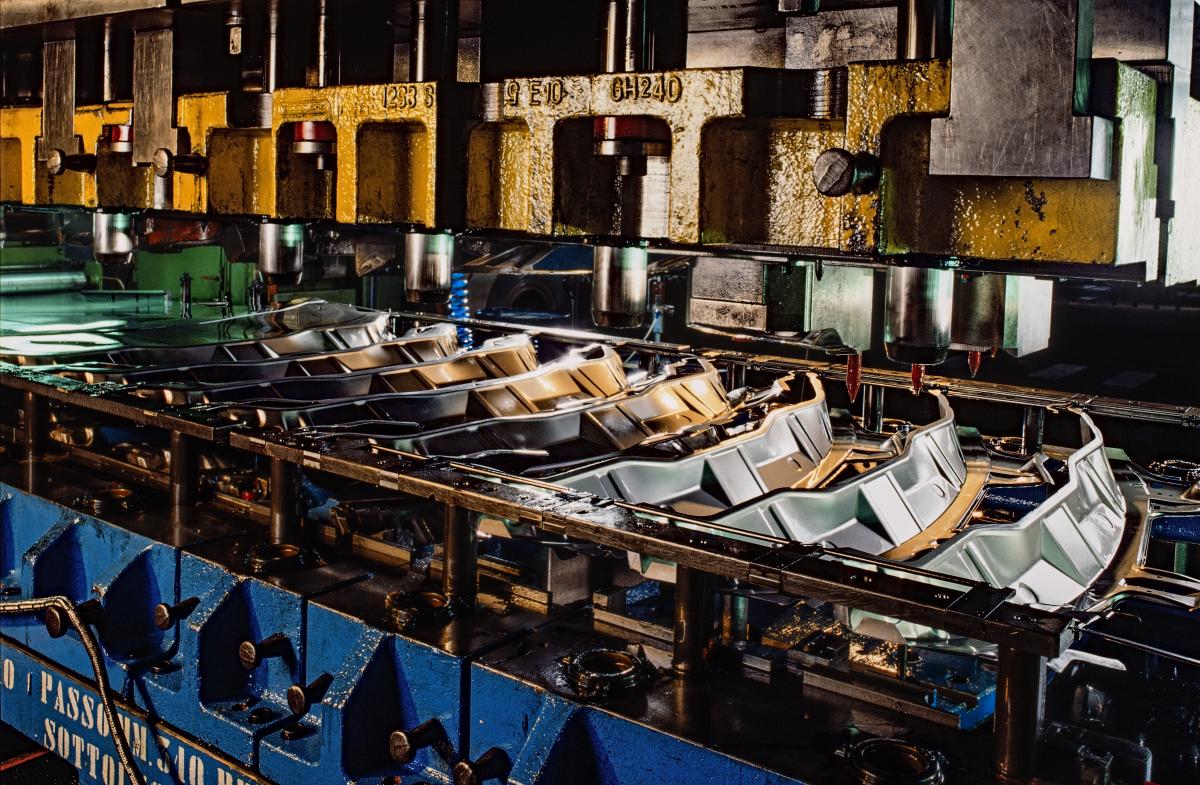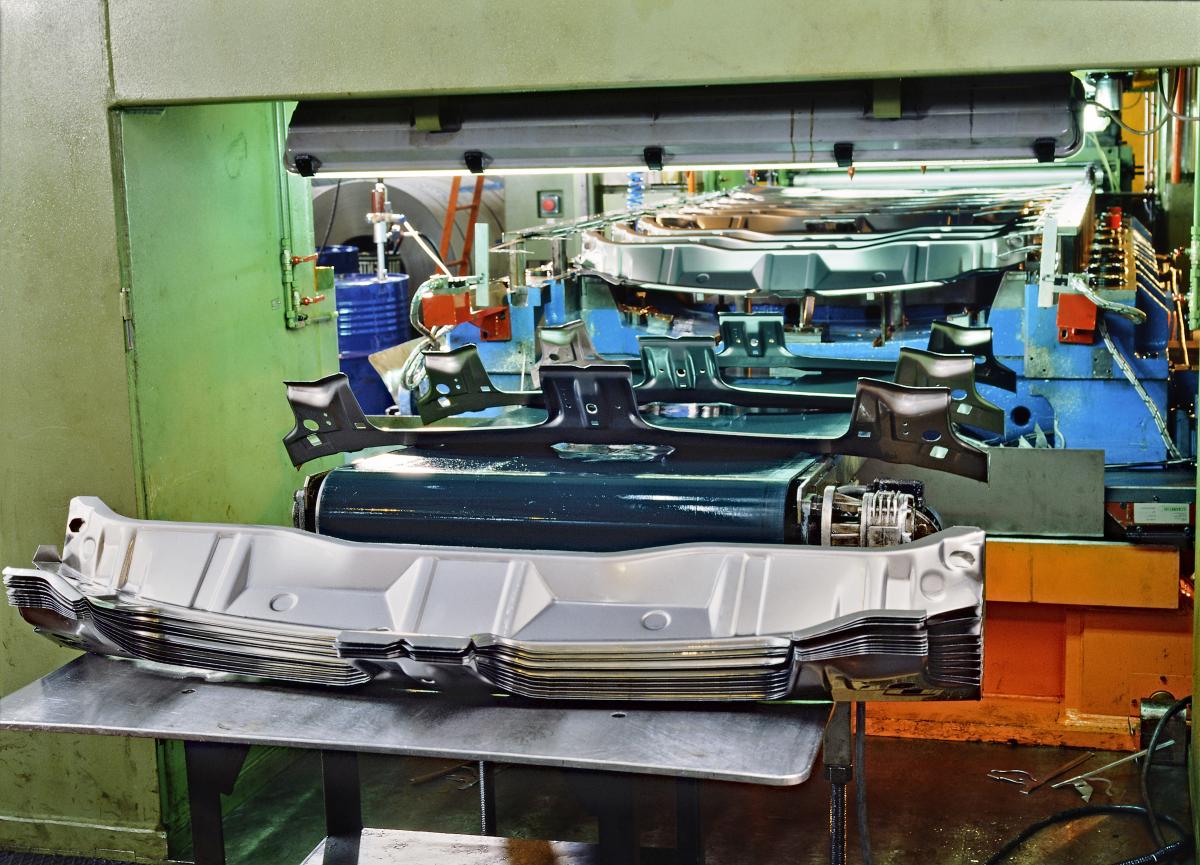Exit this form
Are you sure you want to quit this form?


Depending on the complexity of the automotive part, the stamping process can be done in a single stage operation (i.e., each stroke from the stamping press produces the desired form on the sheet metal part), or it can be done through a series of stages performed at high speed.
Knowing that different, hard-to-predict events, such as spring backs, can occur during stamping, how can manufacturers guarantee that parts formed by stamping and produced at a high-speed production rate can be assembled properly at the end of the manufacturing process?
In general, quality control is ensured with inspections performed on the first produced parts during a shift (first of inspections) and on the last produced parts during the same shift (last of inspections). All of these inspections represent a huge number of parts to inspect.
To be fully productive, the automotive industry would have to measure all of these parts. The problem is that doing all of these inspections on a coordinate measuring machine (CMM), which is a traditional metrology instrument that takes a long time to program and is slow to operate, is not efficient.
Thus the question is how can productivity be improved and quality control enhanced so that more parts can be measured in order to increase throughput (i.e., the number of parts that can be shipped for final assembly)?
There are several ways to inspect the automotive parts produced by stamping. The inspections can be done with a checking fixture, where the parts are positioned to look at the trim and to check the presence and the diameter of the holes. However, the template does not provide any information regarding the overall shape of the part or the position of the holes.
To overcome this lack of information, CMM operators have to conduct either a long inspection program—measuring all entities—or a short inspection program—measuring only the critical items with tight tolerances or those that have shown recent deviations.
How does the metrology team deal with all of these inspection programs (long and short) knowing that if a quality problem is detected, a series of alerts will be raised and investigations to find the cause of the problem will become the priority?
During these investigations, no time is spent on the first and last of inspections, which pile up. Is it possible to gain productivity and have more flexibility in order to absorb these periods of emergency so that the normal inspection plan that customers require is not neglected?
Automation is the solution to increasing productivity and aligning quality control with the production pace of the automotive industry. To do so, a robotic cell for automated quality control, such as CUBE-R, is the preferred solution.
However, the transition from conducting first and last inspections on the CMM to getting a robotic cell of automated quality control can be done more smoothly. A first step can be to opt for a solution to perform inspections directly on the production floor. Choosing a 3D scanning technology, rather than probing, will allow for more information to be obtained more quickly. Portable 3D scanners such as the HandySCAN 3D or the MetraSCAN 3D are good examples of these easy-to-use solutions.
Opting for a portable 3D scanning technology allows for faster inspections with more information about the entire surface of the automotive part. The time saved can be used to:
In short, thanks to its portability, speed, efficiency, and accuracy, portable 3D scanning technology can increase productivity.
Eventually, it will be possible to have a system on the production line to measure 100% of the parts. In the meantime, it is good to be able to rely on a technology that provides the assets to foresee the problems and, above all, eliminate emergencies.
You have a specific question. You need the advice of a specialist. We are here to guide you.